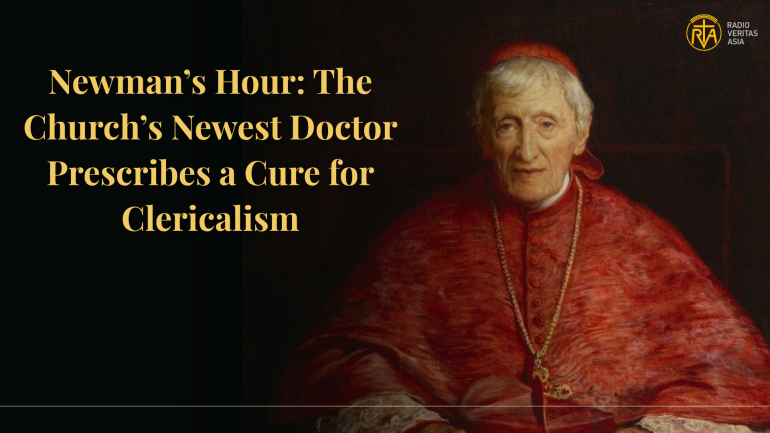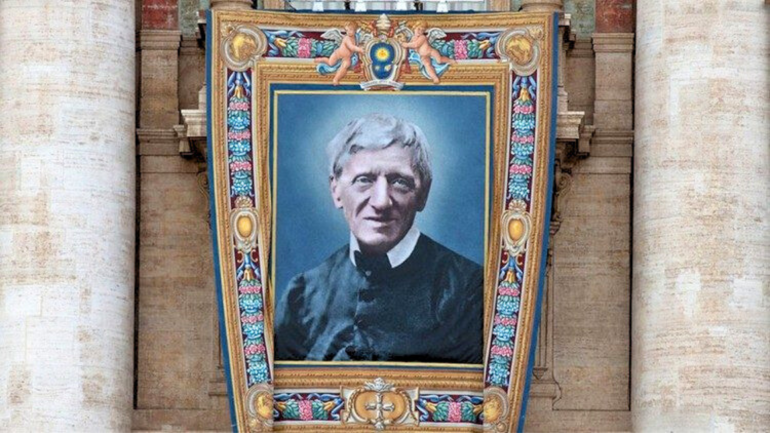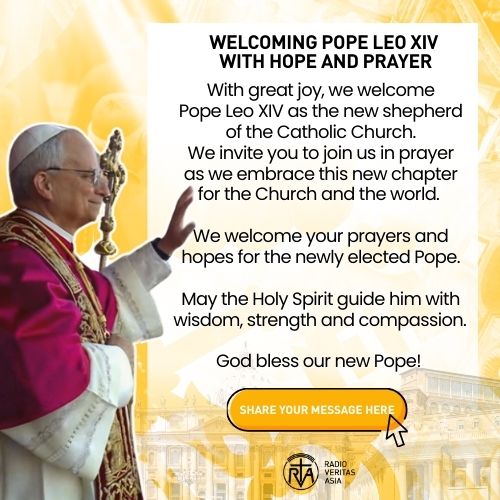Newman’s Hour: The Church’s Newest Doctor Prescribes a Cure for Clericalism

On Oct 9, the Church celebrates the feast of Cardinal Henry Newman.
In his reflections on divine providence, St. John Paul II asserted, “In the designs of Providence, there are no mere coincidences.” This perspective underscores the historically significant decision by Pope Leo XIV to proclaim Cardinal Newman as the 38th Doctor of the Church on November 1, during the Jubilee of the World of Education. This honour is bestowed more than a century after Pope Leo XIII first recognised St. Newman’s intellectual contributions by elevating him to the rank of Cardinal in 1879.
Newman, who passed away in 1890 at the age of 89, was beatified in 2010 during Pope Benedict XVI’s pastoral visit to England and subsequently canonised by Pope Francis in St. Peter’s Square in 2019. This sequence of events seems a fitting culmination to St. Newman’s journey in the Catholic Church. As the 38th individual to be bestowed with this illustrious title over the course of two millennia, St. Newman occupies a distinctive place in the Church’s history.
Among the many attributes that distinguish Cardinal Newman as a unique figure, his pivotal role in empowering the laity stands out as particularly noteworthy. Even before Newman’s beatification in 2010, Pope Benedict XVI described him as “the great champion of the prophetic office of the laity,” underscoring his profound influence on 20th-century theology, particularly concerning the Second Vatican Council. Newman was a visionary regarding the role of the laity; his concepts were not only ahead of his time but also significantly shaped the teachings of the Council a century later. He challenged the prevailing 19th-century perception of the laity as mere passive followers, advocating instead for their essential, active, and collaborative role in both the Church and society at large.
The “Newman Influence” on Vatican II
Newman’s theological contributions, while not explicitly referenced during Vatican II, resonate profoundly with the Council’s deliberations. This alignment showcases Newman’s comprehensive ecclesial vision, which robustly recognises the role of the laity in the Church. A salient aspect of the Council’s reforms is its recognition of the laity’s dignity and participation. By emphasising the dignity and role of laypeople, Vatican II embraced Newman’s vision of an engaged laity, illustrating how integral their participation is to the life and future of the Church. Foundational documents such as the Dogmatic Constitution on the Church, Lumen Gentium, and the Decree on the Apostolate of the Laity, Apostolicam Actuositatem, emphasise the empowerment of laypeople to engage actively in the Church’s mission in contemporary settings.
Furthermore, Pope St. Paul VI, who presided over Vatican II, acknowledged the alignment between Newman’s theological propositions and the discussions that transpired during the Council, famously designating the post-conciliar era as “Newman’s hour.” Additionally, the concept of synodality, characterised by the notion of “breathing together,” emphasises collaboration between the hierarchy and the laity in discernment and mission. It is increasingly relevant as the Church seeks to define its synodal identity in the contemporary context, advocating the tria munera Christi of the laity.

Newman’s Radical Vision for the Laity
During Newman’s time, laypeople were primarily relegated to the roles of “praying, paying, and obeying.” They had no meaningful participation in ecclesiastical affairs. Newman critiqued this rigid clericalism, advocating for greater engagement of the laity as collaborators in the life of the Church. He envisioned the Church as an organic communion of all the baptised, transcending the clerical-lay divide and focusing on the common priesthood of all the faithful.
In his 1859 essay On Consulting the Faithful in Matters of Doctrine, St. Newman famously argued that the “voice of tradition may in certain cases express itself... by ‘the communis fidelium sensus,’” i.e., the shared sense of the faithful referring to the collective, supernatural intuition of all baptised members of the Church concerning matters of faith and morals. This idea was a precursor to Vatican II’s emphasis on listening to the faithful. It is mentioned in Lumen Gentium 12 and 35, which is dear to Pope Francis, who sees its potential in developing a correct relationship between the hierarchy and the laity.
Newman believed the laity’s mission transcends the Church walls. He regarded them as “co-labourers in the work of salvation,” called to be a transformative Christian presence in their daily lives, professions, and social interactions. He taught that through their daily witness, the laity brings the Gospel into society, thereby influencing the broader culture.
The Challenges Ahead for Asia
In the Catholic Church, the stable instituted ministries of catechist, lector, and acolyte are open to the laity, including women. Enabling these stable ministries, especially where the Church lacks priests, is the need of the hour. Laypeople can be deputised for specific liturgical functions, such as serving as extraordinary ministers of Holy Communion. Consultative bodies such as diocesan and parish pastoral councils must be rejuvenated and made compulsory to involve the laity in evaluating and advising on pastoral work. Parish and diocesan finance councils, which are mandatory under Canon Law, must be empowered to include lay experts in finance to ensure accountability, transparency, and proper administration of temporal goods.
Lay participation is obligatory in diocesan synods and assemblies, though often in a consultative rather than deliberative role. These gatherings must be held frequently to serve as platforms for addressing pastoral concerns and practising synodality, or “walking together.”
Cardinal Newman offers theological depth to what many in Asia are already doing: lay-led evangelisation, witness, catechesis, and instituted stable ministries in areas where priests are scarce. The Church’s recent documents affirm that this is not optional but intrinsic to the mission that flows from baptismal vocation and the missionary mandate. The challenge is to implement it wisely, combining formation, listening, authentic witness, inculturation, and shared responsibility.
Newman’s vision and teachings continue to inspire laypeople to live their faith with conviction and to become active agents of change within the Church and in the world. His insights remain a guide for navigating the challenges the Church faces in modern society.










Extremely well written, thanks so much
- Reply
Permalink